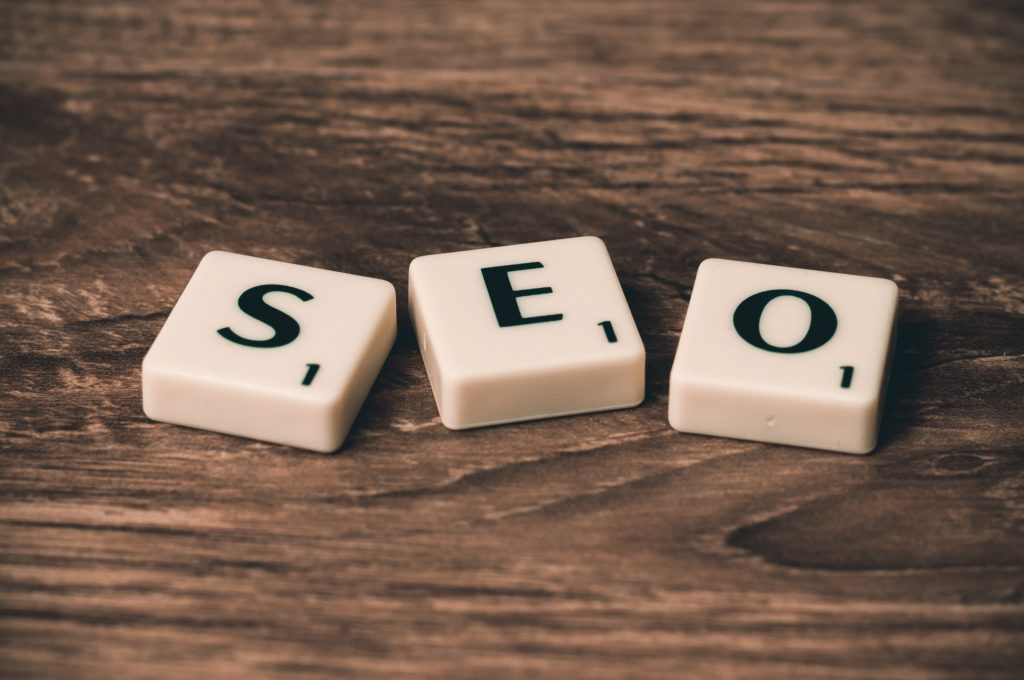What is on-page SEO
On-page SEO is the optimisation of your webpage content for search engines and users on there. Things like optimising title tags, content, internal links and URLs are all elements of on-page SEO.
It is crucial that your website and content are constantly updated and optimised to the latest practices of each search engine. This allows search engines to understand and rank your site.
If you want to know more about the basics of SEO, then read our blog on the topic. It’s insightful and interesting!

How to do on-page optimisation in SEO
Now that you know what on-page SEO is, here is our ‘how to’ list on optimising it:
- Use short descriptive page URLs
- Optimise title tags.
- Write compelling meta descriptions.
- Implement structured data.
- Optimise headers.
- Use the target keywords within the first line (or first 200) words.
- Utilise SEO copywriting best practices.
- Make sure your keyword density is a certain amount.
- Create contents that satisfy user intent.
- Make sure the text is readable.
- Add both internal and outbound links.
- Optimise for Google images.
Importance of on-page SEO factors
You may be asking the question ‘is on-page SEO relevant in 2021?’ and the answer would be most definitely. On-page SEO helps search engines, like Google, analyse your website and the content that is connected to it. This is in order to identify whether the query that a user is looking for matches your website. Google is constantly updating the algorithm in order to keep up with this searchers intent and deliver results that they expect, and that meet their needs.
The most important elements are:
- Metadata
- On-page content
- Internal linking and site structure
Improve on-page SEO
As well as considering all the best elements, there are also many strategies that can be implemented to improve. Here are some that we recommend you consider:
- User intent – this is the main goal a user has when they type a query into a search engine. The goal of understanding user intent is to use and optimise the keywords that fit with your customer searches.
- Mobile-friendliness – Mobile SEO is quite important, especially in today’s tech-savvy and mobile heavy world. When designing a website you need to keep in mind and ensure it looks good on all platforms, especially mobiles. By doing this it allows your site to rank higher as it’s mobile-friendly and optimised.
- Securing your site – Elements like the HTTPS protocol, are no brainers for protecting your site. Although, many websites still operate without this element, leaving their site open to hackers and unsafe page navigation. Google includes security within its signals for ranking webpages – meaning if your site isn’t secure it’s not going to rank very high.
- Improving UX- Site structure, navigation, site speed, and design are all signals for SEO ranking. These are all elements to which developers need to pay attention as they’re vital to improving your on-page SEO.
On-page SEO best practices
For our best practices, we felt we should ask our Senior Performance Marketing Executive, Kylie, what she recommends as her best practices. Here they are:
- URLs – keep them short, descriptive, include a keyword that the page is targeting
- Title tags – one of the most influential on-page factors – use the highest search volume keywords for the page you are on – use the full 60 character limit to include keyword variations – use a standard format across a website with brand name at the end Keyword | Keyword Variation | Brand Name
An example of title tags on the Modo25 website
- Meta descriptions – the little snippet of text that appears under your title on the SERP – to describe what is on your page and encourage users to click through onto your site – 155 ish character limit to fully display on the SERP – should include USPs here to encourage users to click through – no direct impact on rankings, but by improving CTR this will have an indirect impact

- Headings – H1 is the most important heading tag on the page – should include the highest search volume term – appears at top of the page. H2s, H3s etc should then be used to structure the document – these help Google to understand what your page is about – use secondary keywords in these
- Copy – the on-page copy should be written clearly and concisely. Using the target keyword as soon as possible and secondary keyword variations multiple times. Break up into easy to read sections.
- Internal linking – include internal links to link related pages together to help Google understand the relationship between pages on your site. Also helps users to navigate through your site – keeps them on the site. Use optimised anchor text as the link to send signals to Google to tell them what the page you’re linking to is about.
We hope you find this guide useful and hope that you are ready to get your SEO marketing in order. If you’re looking for advice and help with your SEO, get in touch with us at team@modo25.com to find out more.






